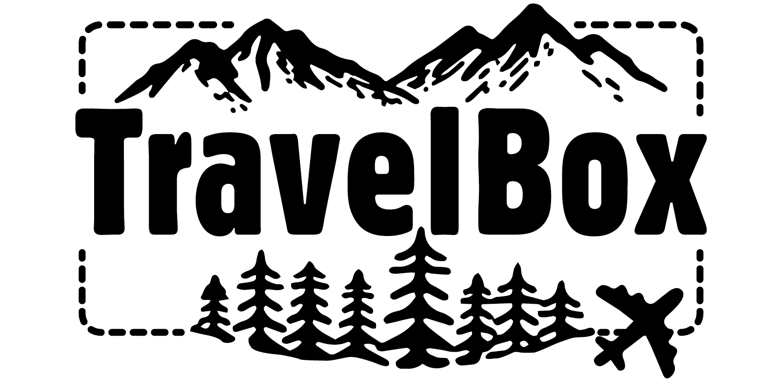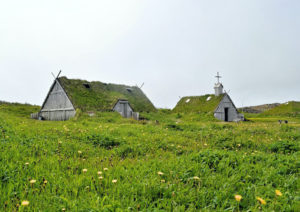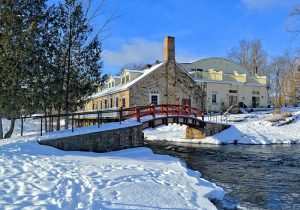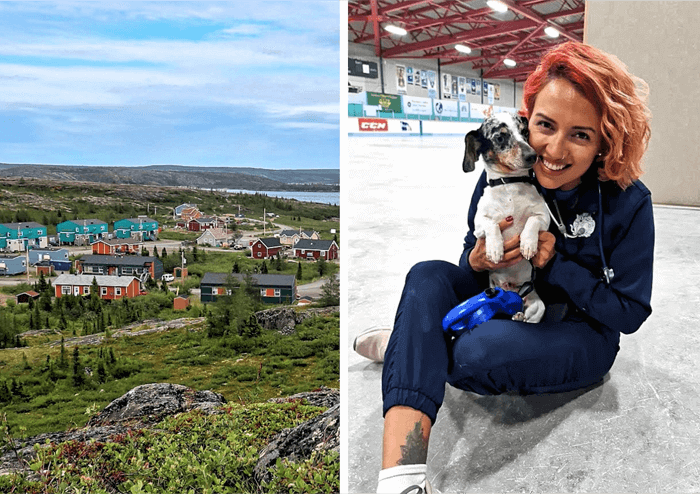
Exploring the Canadian Tundra while helping animals, a “spaycation” adventure
Spaycation [noun]: a trip whereby one travels to a new destination to volunteer helping dogs and cats get spayed/neutered (sterilized, or more commonly known as “fixed”). The trip includes sight-seeing and learning about a new town, city and culture.
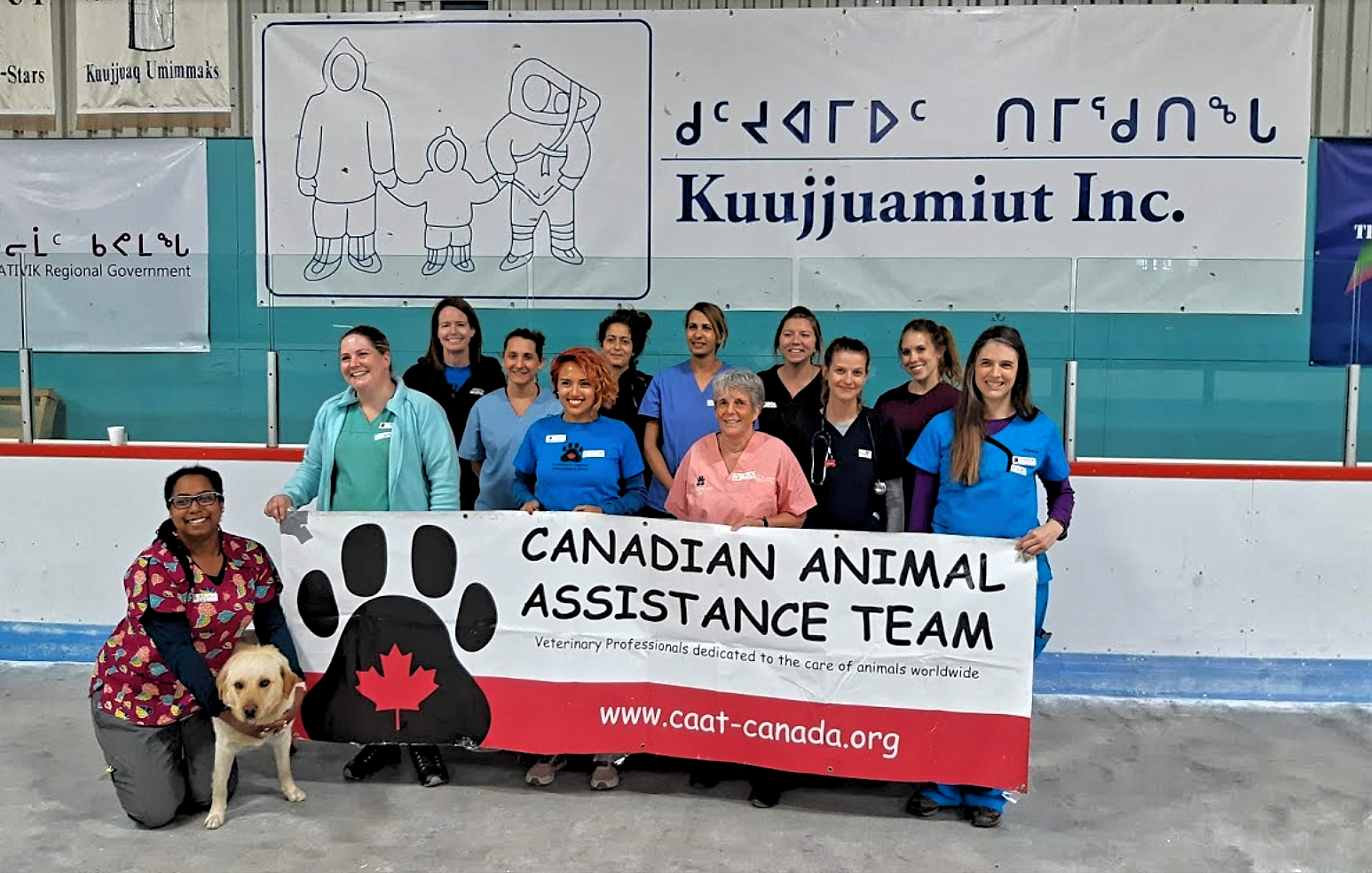
Would you choose to visit the Canadian Tundra during your summer holidays? My guess is that your answer will be no. In the summer of 2019 I was invited by the Canadian Animal Assistance Team to volunteer at one of its projects (which I refer to as spaycations) in Kuujjuaq, Quebec. I had never heard of Kuujjuaq so my first instinct was to do a quick Google search. Was I ever surprised to see that I’d be closer to Greenland than to Ottawa! Needless to say, I jumped at the opportunity right away.
Kuujjuaq is part of Nunavik, which makes up the northern third part of Quebec. It is the homeland of the Inuit of Quebec. In fact, according to the 2016 census, 90% of the population in the Nunavik region are Inuit. Nunavik means “great land” in the local dialect of Inuktitut, of which I learned some basic words.

A stop sign in Kuujjuaq in three languages: English, Inuktitut and French.
Our adventure began in Montreal. The 12 volunteers headed to Kuujjuaq met up at the Montreal Airport and boarded a First Air flight to our destination.
It was not uncommon to see passengers boarding the plane with dozens and dozens of Tim Horton’s donuts to bring to their loved ones in Nunavik. There are no Tim Horton’s in the Nunavik region!
Hard to believe when us living in major cities are used to having multiple Tim Horton’s within a 10 km radius. The things we take for granted…
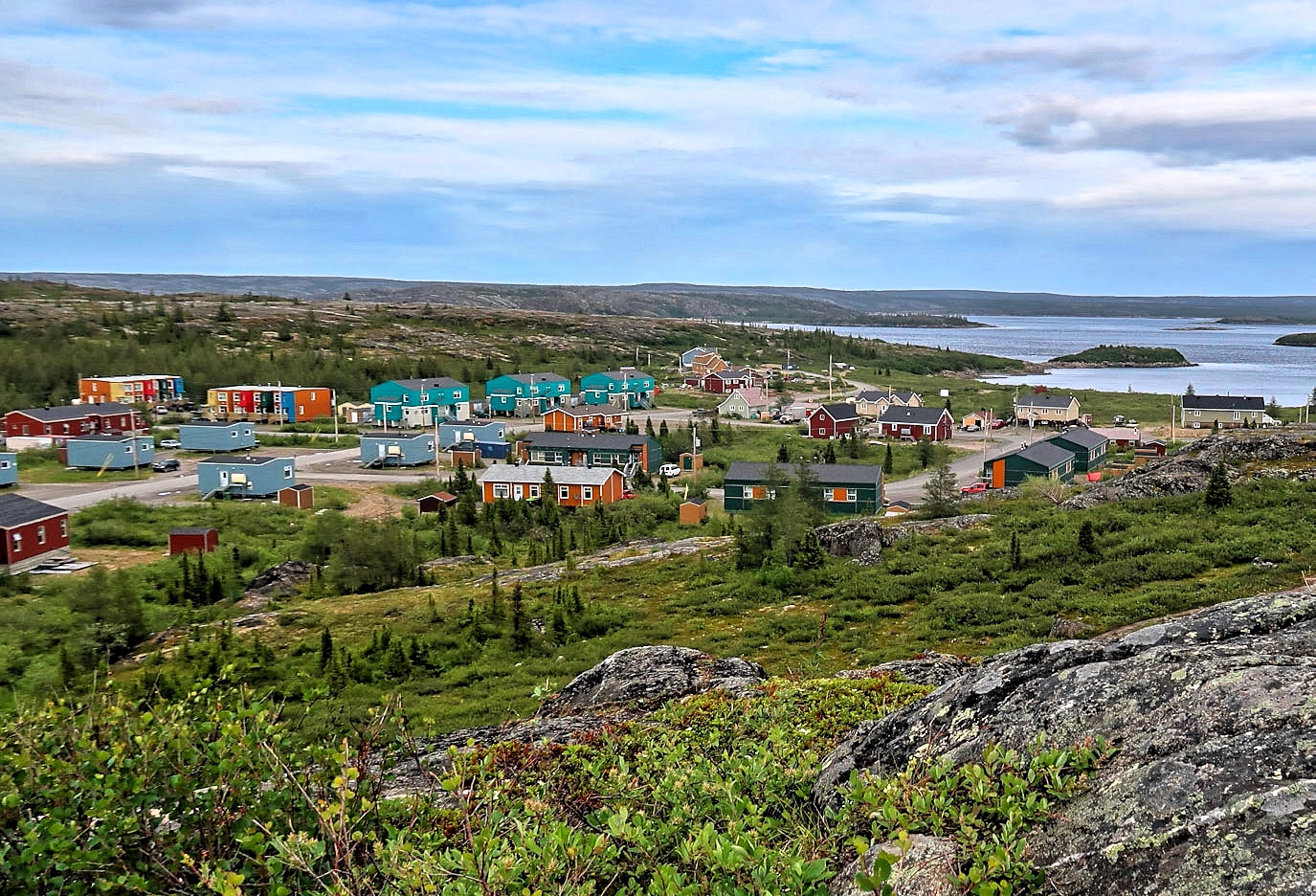 Kuujjuaq, Quebec. I believe this is a view of the Koksoak river. (Photo taken by Sarene Bourdages)
Kuujjuaq, Quebec. I believe this is a view of the Koksoak river. (Photo taken by Sarene Bourdages)
Once we landed in Kuujjuaq we were taken to our hostel which is also the home of the local pub, the place where the locals gather on evenings to listen to live music and share a pint or two. A pint of Goose Island Beer was around $12 if I remember correctly. Kuujjuaq is quite remote, therefore most of their produce are brought up from Montreal, which is the closest, biggest city. Funny enough though, I was able to find Colombian fruits at a very reasonable price at a local grocery store! I bought uchuvas (also known as golden berries) and passion fruit.
 Colombian fruit was readily available at the local grocery store.
Colombian fruit was readily available at the local grocery store.
We volunteered for four days straight providing free spay/neuter surgeries to dogs and cats in the community, as well as basic vaccines. As of july 2019 there were no veterinary clinics in the Nunavik region, therefore this service was much-needed for the community. When we care for our animals, we care for the community as a whole.
 A patient who came to our clinic getting some cuddles after his surgery.
A patient who came to our clinic getting some cuddles after his surgery.
Our team performed 70 surgeries within four days. The compounding effect of 70 surgeries has a big impact on the quality of lives of these animals and again, on the community. On the last day of our stay in Kuujjuaq, our local host, Allan, took us on a wonderful tour on the Koksoak river. The weather had been quite chilly during our working days (around 11 C and overcast even though it was July), but the Universe gifted us the most beautiful sunny day on our last day to explore the region and learn about its rich history and culture.
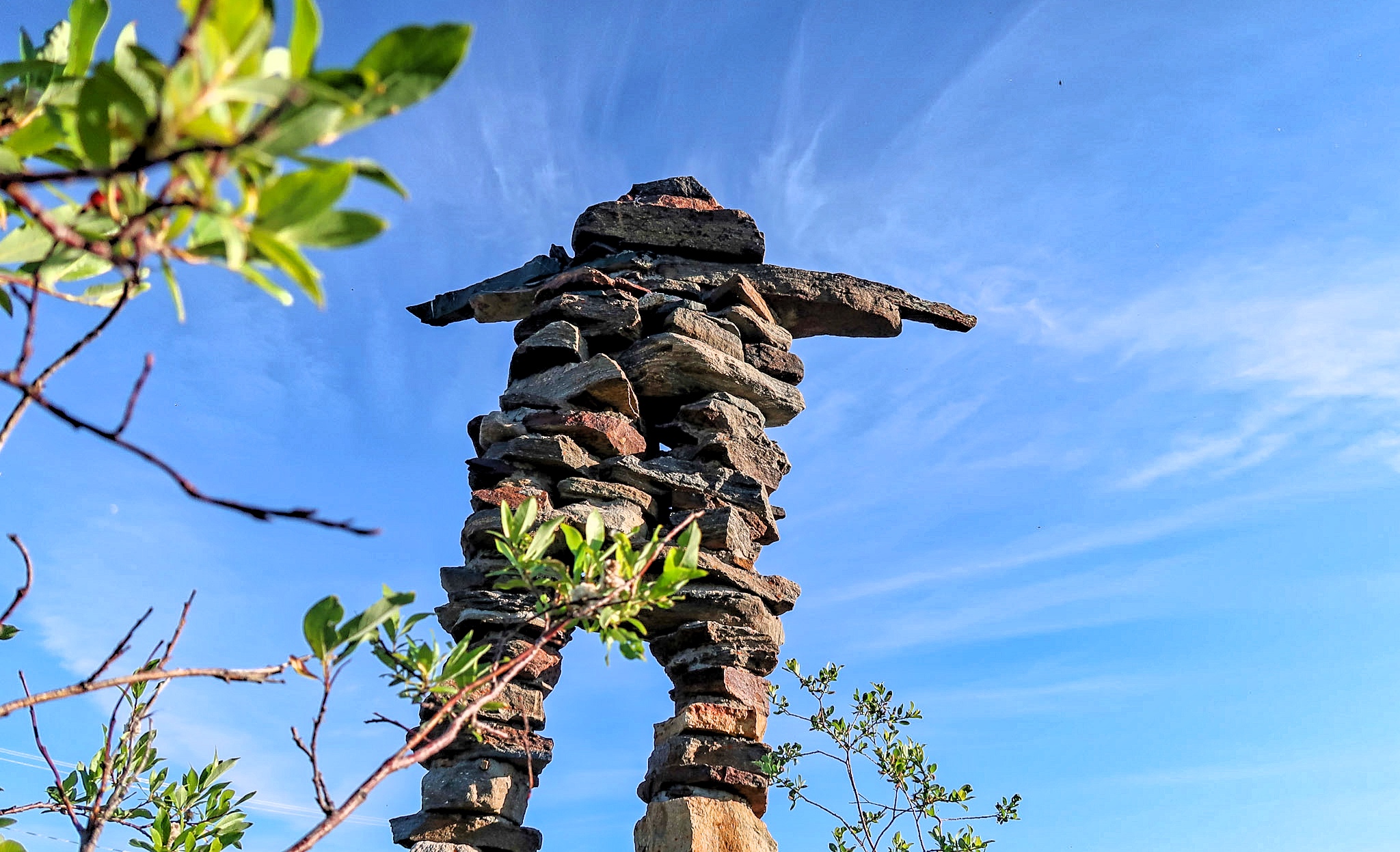 A beautiful Inukshuk right outside our hostel/pub. (Photo taken by Sarene Bourdages)
A beautiful Inukshuk right outside our hostel/pub. (Photo taken by Sarene Bourdages)
We learned about the first European explorers who visited the region in the 1600s and the subsequent explorations by the Hudson’s Bay Company in the 1700s. Canadian scientific expeditions in the Nunavik region didn’t begin until the 1800s.
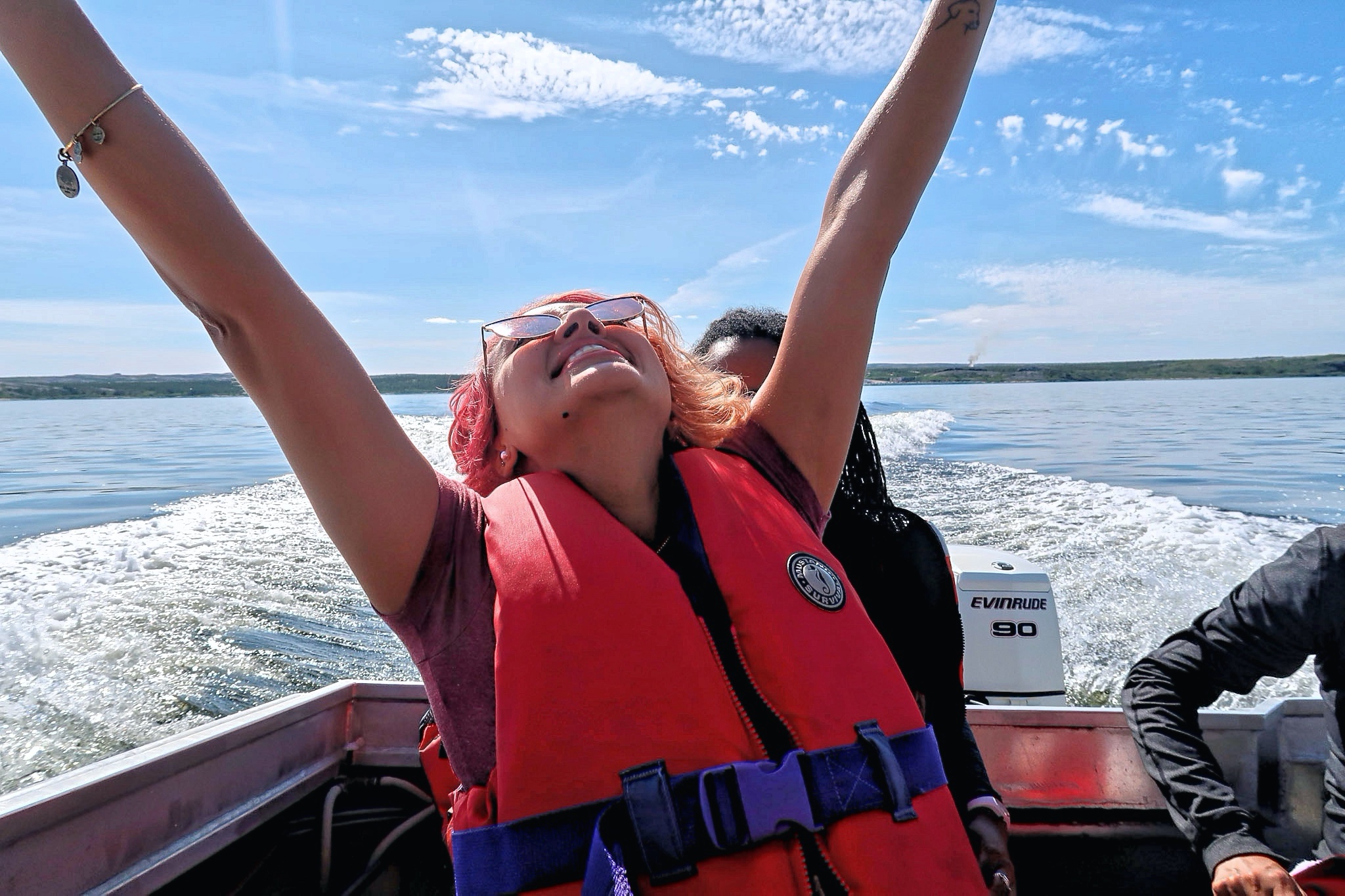
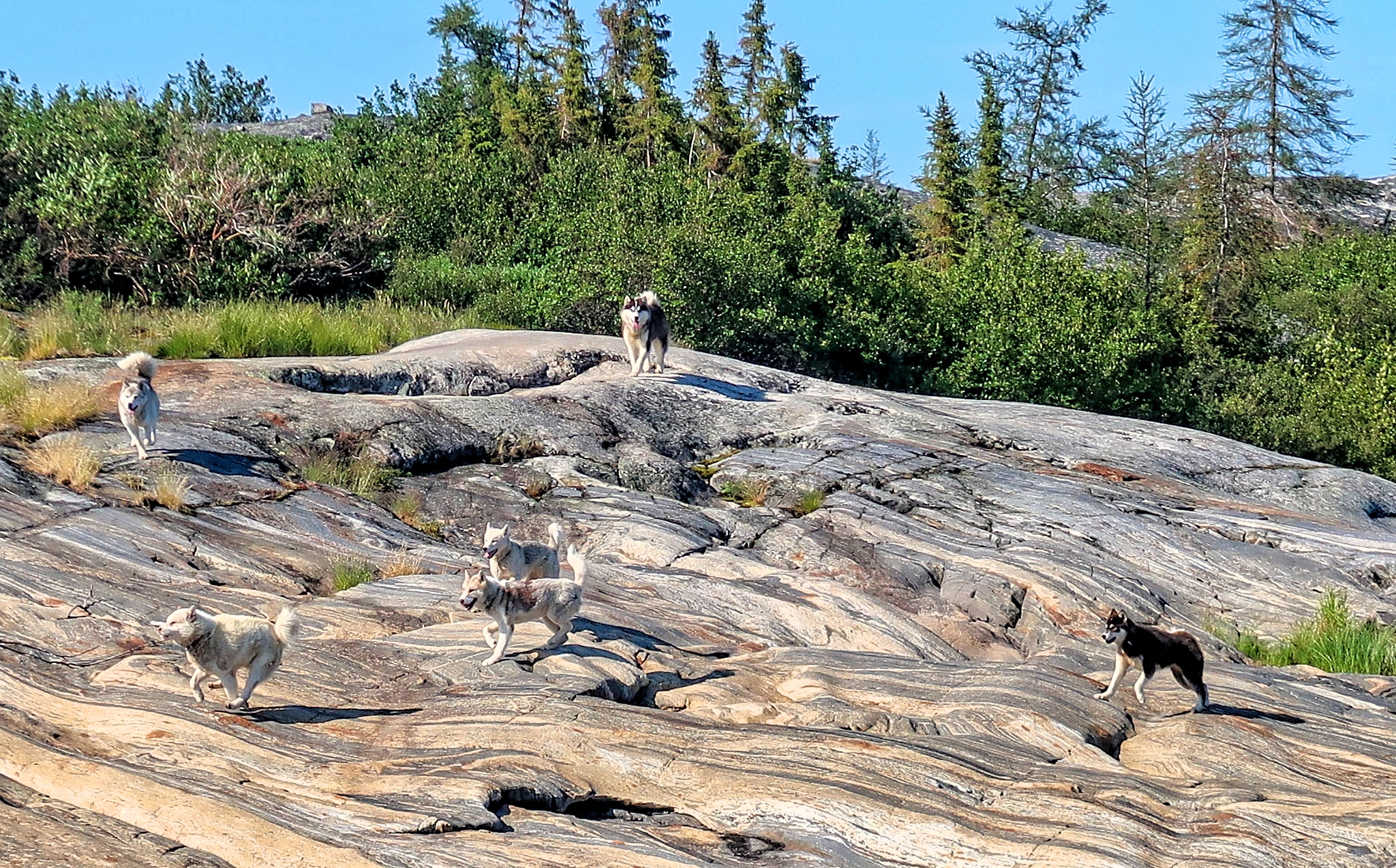 An island on the Koksoak river inhabited by sled dogs. (Photo taken by Sarene Bourdages)
An island on the Koksoak river inhabited by sled dogs. (Photo taken by Sarene Bourdages)
Overall, my experience in Kuujjuaq was something I will never forget. I am grateful that I have gotten to explore many remote areas in Canada through my volunteer work with the Canadian Animal Assistance Team (CAAT) and I encourage anyone, with or without a veterinary background, to become a CAAT member and volunteer at one of our projects – once it is safe to travel again of course.
What better way to explore Canada than with a spaycation?!
. . .
